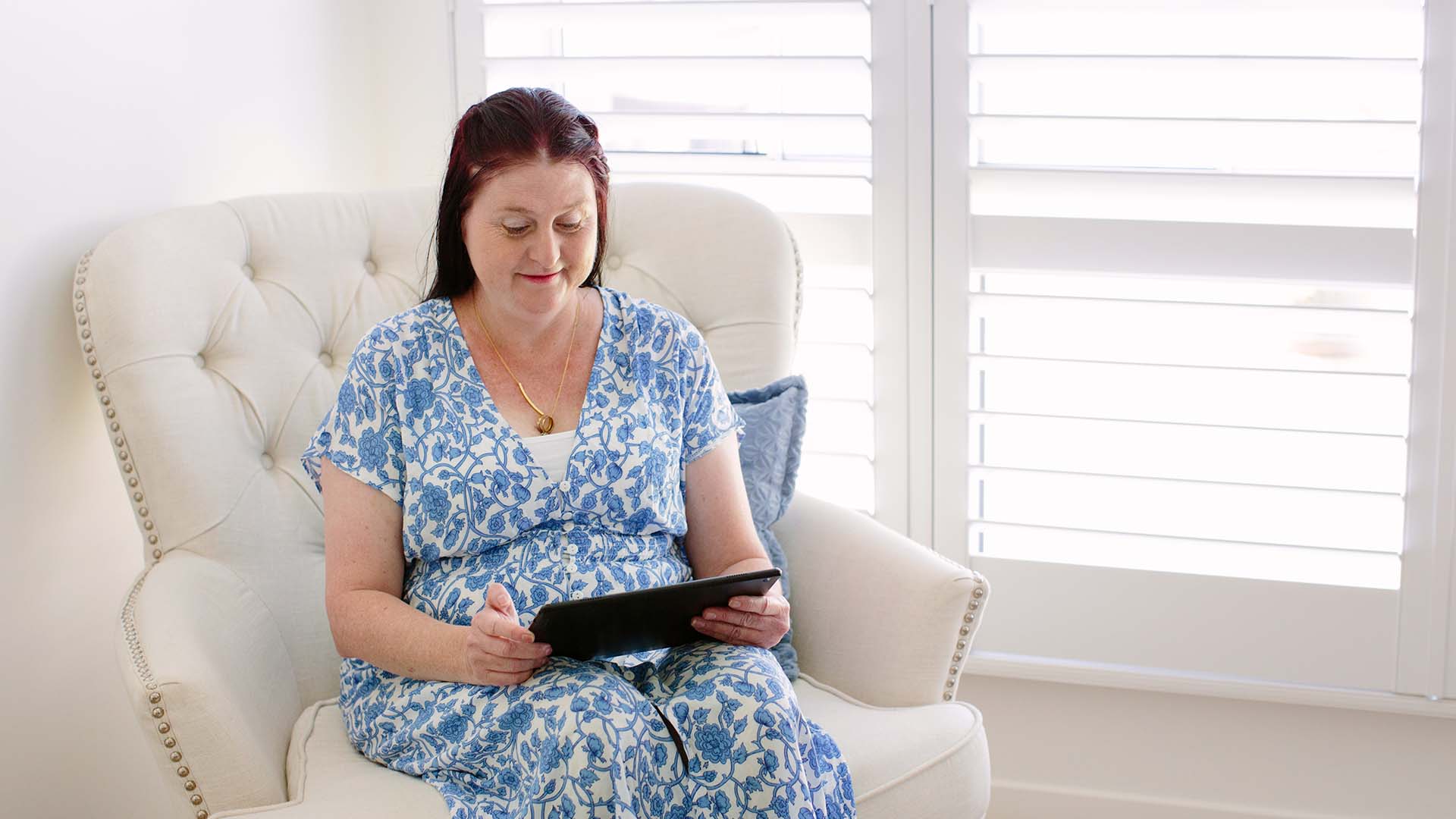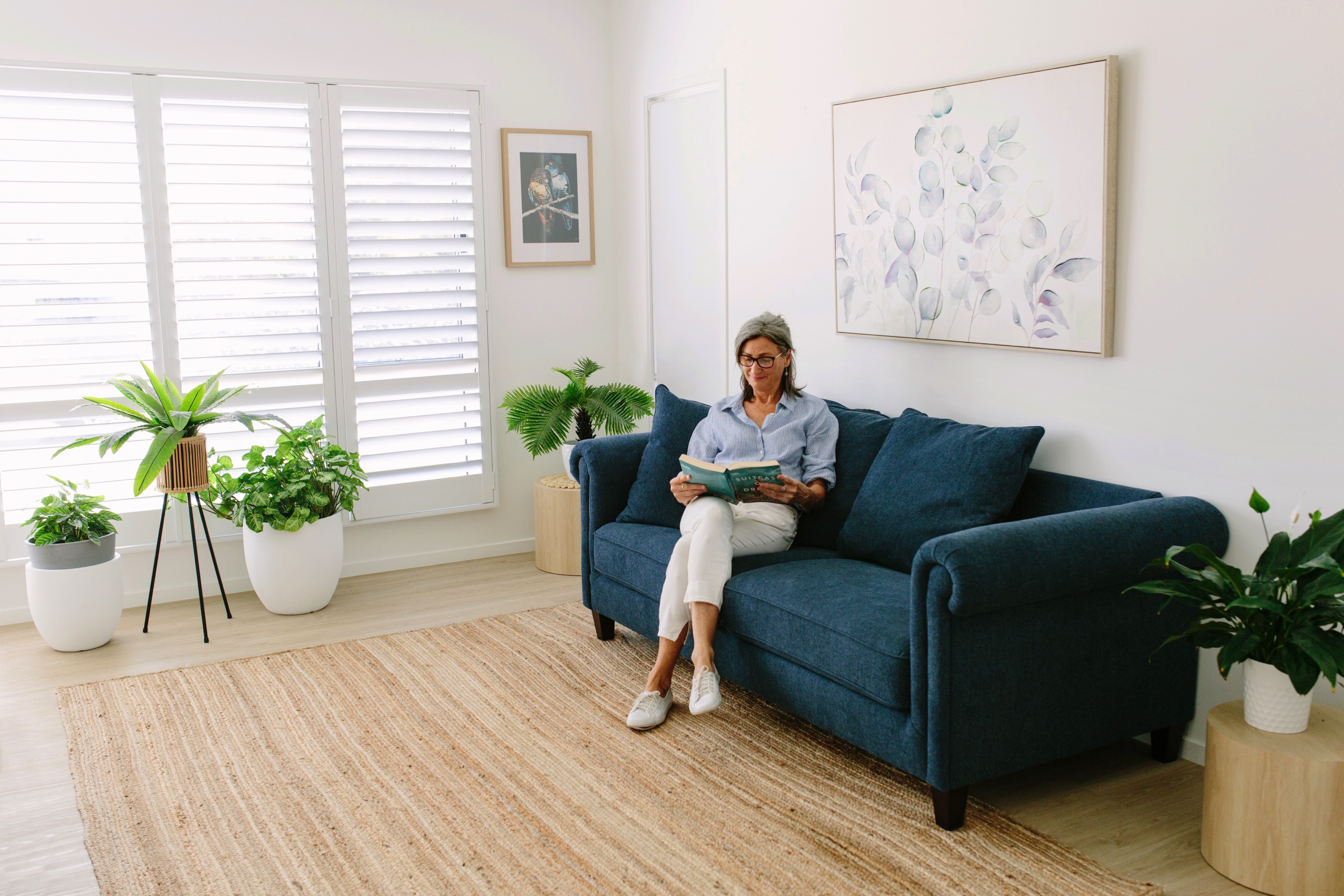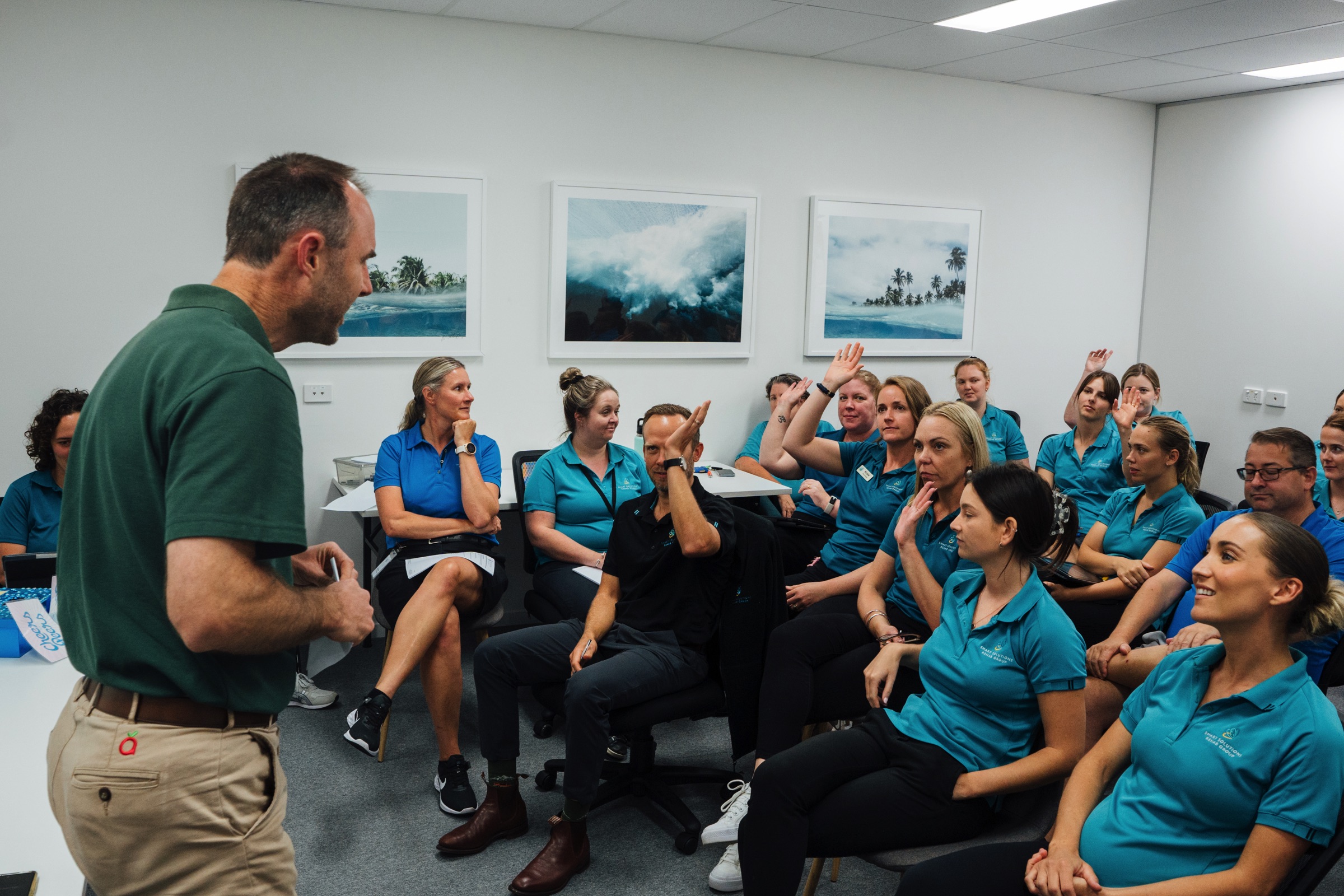The COVID-19 pandemic has propelled telehealth into public awareness as health professionals try to navigate travel restrictions and lockdowns while maintaining services. But telehealth has been around for some time and offers many benefits beyond continuity of care in uncertain times. In this month’s blog we answer all your telehealth questions so that you can make informed decisions about your health care.
What is telehealth?

Telehealth is a method of healthcare delivery that uses information and communication technologies (ICT) such as phones, computers, and tablets as an alternative to face-to-face delivery. Your healthcare professional can conduct an appointment via phone call, or through video conferencing platforms like Health Direct, Zoom or Skype. Telehealth also uses other forms of electronic media like email for sharing documents and images and YouTube for distributing video content.
Can telehealth be used to deliver allied health services?
Yes. There are many allied health services that can be effectively delivered via telehealth. This is assessed on a case-by-case basis. There are circumstances where telehealth may not be appropriate, for example in the delivery of a physiotherapy intervention plan where your physiotherapist needs to physically touch or manipulate parts of your body as part of the therapy session. Sometimes a blended service delivery model is more appropriate, which incorporates a combination of in-person and telehealth appointments.
Is a telehealth consultation as good as in-person appointments?
There is a common misconception that telehealth consultations result in a lower standard of care. While not all healthcare services are appropriate for telehealth, there are many instances where telehealth allows for the safe and effective delivery of healthcare services to the same standard as in-person care.
When delivering services via telehealth your health practitioner is obligated to operate in accordance with the same professional guidelines that apply when working face to face. The Australian Health Practitioner Regulation Agency (AHPRA) – the governing body for health professionals – stipulates that all health practitioners must deliver telehealth services in accordance with the relevant regulatory standards, codes of conduct, and professional guidelines. This includes expectations relating to:
- Confidentiality and privacy
- Informed consent
- Quality of care
- Communication
- Maintaining health records
- Culturally safe and sensitive practice
- Professional boundaries
- Patients with complex needs
- Multi-disciplinary care
- Scope of practice
What are the benefits of telehealth?
Convenience
Telehealth is a convenient and cost-effective mode of delivering health services in circumstances where in-person service delivery is difficult. The ease of telehealth delivery means there is greater flexibility with appointment times, as the clinician does not have to factor in travel.
Greater accessibility
Telehealth also facilitates greater access to important allied health care services for people living in more remote parts of the country where there may be a shortage of practitioners. The high demand for allied health practitioners Australia-wide has led to significant wait times in regional areas as local clinicians are unable to meet the demand for services. Telehealth allows practitioners from more populated areas to provide services to regional and remote communities, helping to reduce service wait times.
Safety
Telehealth reduces the need for face-to-face contact, which can improve safety for clients with certain health conditions such as those with compromised immune systems. Some clients prefer telehealth because they feel less anxious engaging with their clinician through ICT rather than in person. In these instances, telehealth provides an important alternative, giving the client greater choice and control over how their services are delivered.
Continuity of care
As lockdowns and other restrictions on movement have become a common occurrence during the COVID-19 pandemic, telehealth technologies allow for continuity of care. While allied health services are considered essential, and are therefore allowed to continue throughout lockdowns, it is not uncommon for clients to prefer not to proceed with face-to-face appointments when there are active cases of COVID-19 in the community. In these circumstances (and when it is appropriate for the client’s specific clinical needs), telehealth provides an alternative delivery mode that prevents the interruption of services.
Scope of care
Telehealth technologies facilitate joint consultations that allow multiple practitioners to dial in for one consultation. This allows for a holistic care model, as clients can engage with practitioners in a multi-disciplinary team to discuss a range of holistic clinical needs.
Telehealth and the NDIS
The National Disability Insurance Scheme (NDIS) has provided much-needed funding for people living with a disability that allows them to access important supports and interventions. Telehealth has played an important role in ensuring that NDIS participants can access health services. Firstly, by affording greater accessibility to regional and rural areas where the demand for services exceeds the number of health professionals available to provide services. Telehealth also gives participants increased choice and control by allowing an individual to access services where possible from the comfort of their home and without the need for in-person contact when it is not suitable for them.
How do I know if telehealth is right for me?
An allied health practitioner will work with you to determine whether telehealth service delivery is clinically appropriate for your specific circumstances. There are many assessments and interventions which can safely and effectively be delivered via telehealth. If your services can be effectively delivered via telehealth, your clinician will explain the process and what resources you may need.
Are telehealth consultations safe, private, and confidential?
Allied heath practitioners are obligated to abide by the same privacy, confidentiality and security requirements when delivering services via telehealth as they do when conducting in-person services. You should always confirm which digital platform your health practitioner uses for their telehealth services to ensure you are satisfied with the privacy policy. At Smart Solutions Rehab Group (SSRG) we use the healthdirect Video Call service, which follows the relevant Australian Government Information Security Manual for cyber security guidelines and privacy safeguards. The healthdirect Video Call service is developed and maintained in Australia and does not store patient or conference data.
Can a family member or carer take part in my telehealth appointment?
Just as with in-person appointments you are welcome to include a family member or carer in a telehealth consultation. On occasion your clinician may request a carer, family member, or someone else you trust joins the consultation to assist (for example to measure something for your occupational therapist during an assessment).
Why does Smart Solutions Rehab Group use telehealth?
SSRG has developed a comprehensive telehealth strategy that allows us to operate under a blended service delivery model. SSRG utilises telehealth where we see there is a benefit to the client, and when the client feels comfortable using telehealth. For example, telehealth reduces the need for travel time, which can have cost saving benefits. Telehealth also allows our clinicians to deliver important allied health services to more rural and regional parts of Queensland where it is difficult to conduct regular in-person visits due to distance.
In circumstances where it has been assessed that telehealth is appropriate, we can supplement in-person appointments with telehealth consultations as needed. This usually means some appointments will take place in person (either in your home or in our clinic), and other appointments can be conducted via telehealth.
How can I access telehealth services?
To discuss your telehealth options or to find out more you can speak with our service coordination team. The viability of telehealth services is assessed on a case-by-case basis. Once we have received the relevant information from you a team manager will review your clinical needs and make a decision as to whether telehealth services are appropriate to achieve your goals. If telehealth delivery is suitable your clinician will contact you to discuss a blended service delivery strategy.
If you would like to know more about telehealth services you can contact us on 1300 729 190 or via our website. To book a telehealth service, you can submit a referral through our website, and select the telehealth option.




